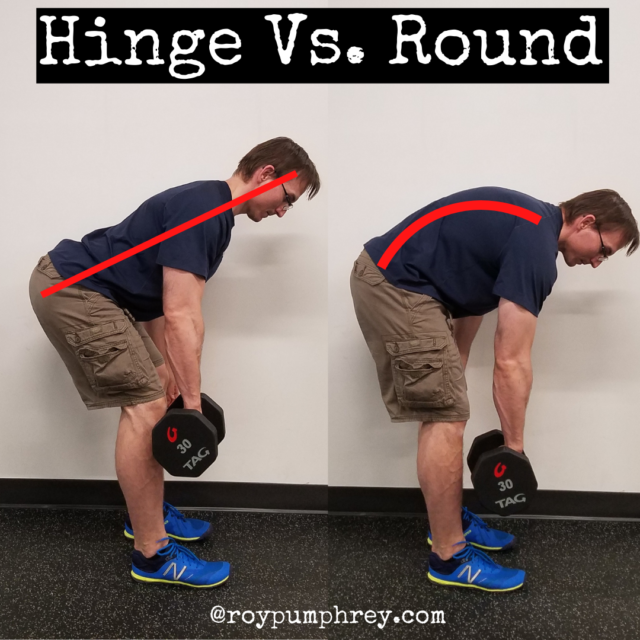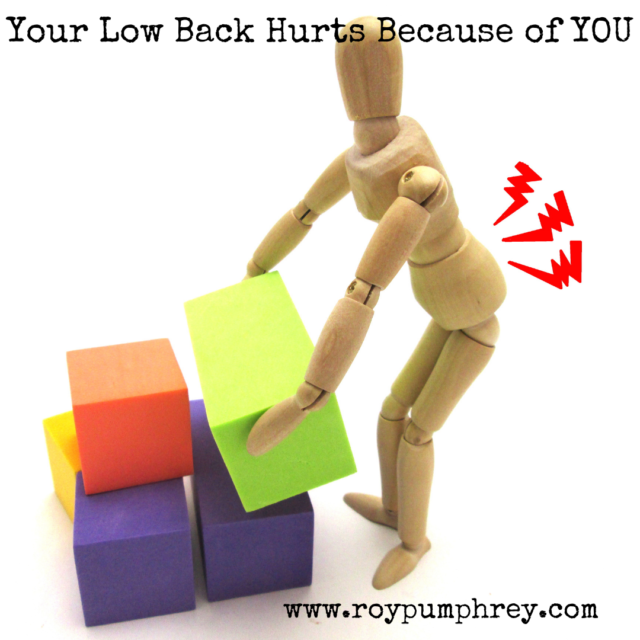
Low Back Pain
Its a real mother.
Over 80% of ALL people (Americans) will experience Low Back Pain (LBP) in their lifetime.
LBP is the #2 cause of disability and the most common reason for work days lost.
There are about a bazillion causes for low back pain.
Those reasons range from genetic to catastrophic injury to many people just do consistently stupid things (myself included) that aggravates their back.
The worst part is, they rarely even realize what they’re doing is the root cause of their pain.
Fundamentally, people with low back pain tend to share a few movement strategies,
- TOO MUCH low back movement.
- Lack of Gluteal Activation/ Reliance/ Strength to complete tasks.
- Lack of Comfortability and, or, Fear of: Hip Hinge Movements leading to altered movement patters,
Taken together, there is a good chance your LBP is NOT from chronic structural damage, although it may be, but instead from altered loading and movement patterns,
“Although motor control adaptations to pain present across a spectrum, 2 broad phenotypes of patients with LBP have been tentatively defined at the extremes of a spectrum, based on changes in trunk motor control observed from many studies. One phenotype shows tight control over trunk posture and movement due to increased excitability, at the cost of increased tissue loading secondary to increased muscle contraction. The other group shows loose control due to reduced excitability, with the potential cost of increased tissue loading from excessive spinal movements. Both groups involve abnormal loading of tissues in the low back, but with different mechanisms. For both groups, there may also be an adaptive value of changes in motor control, at least in the short term: the first group may avoid excessive movement, and the second group may avoid high muscle forces. For both, it remains unclear whether the adaptive value outweighs the negative consequences, and this may differ between individuals, depending on the motor tasks to be performed and the integrity of the tissues in the low back. It is, in this context, important to note that nonspecific triggers, such as fear, can cause changes in motor control similar to those identified with pain“- Motor Control Changes in Low Back Pain: Divergence in Presentations and Mechanisms
But there is good news,
We Can Fix It, We Have the Technology
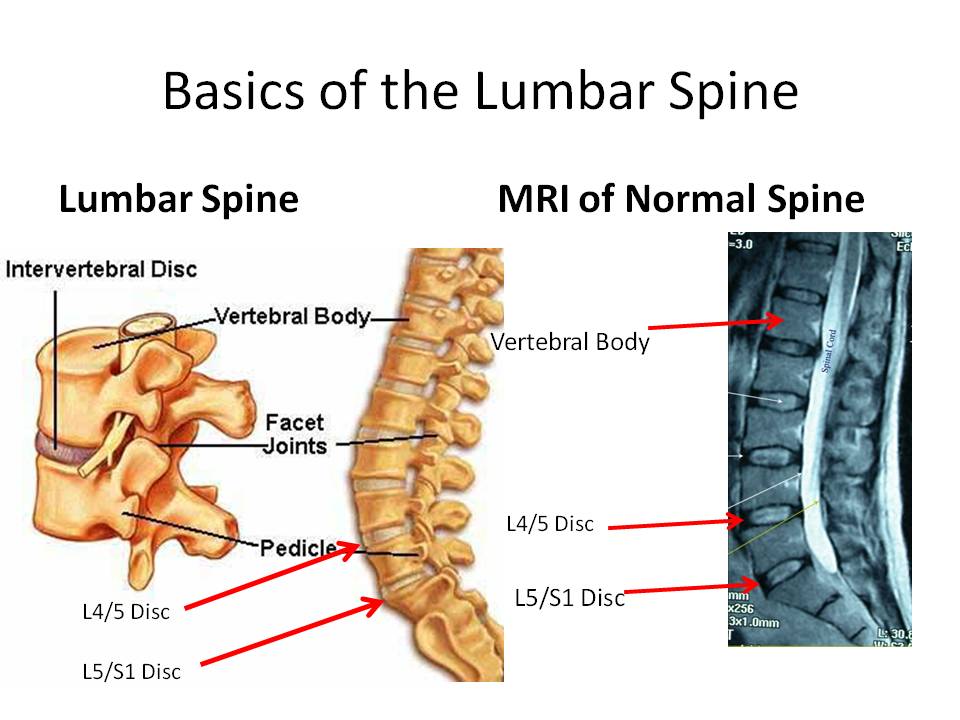
From Here: https://pixy.org/1364428/
But we need to go about it in an Intelligent, Systematic, Thought-Out, Progressive way.
Staying within the limits of YOUR stress-adaptation and not hurrying the process.
For the assholes (like me) in the crowd, this means,
“Back feels good today, lets “test” it out”
That’s not such a good idea, and you KNOW it.
And we’re not going to do this anymore.
Low Back Pain: The Causes
The root cause of LBP is typically,
“Repeated, excess movement of the lumbar segments, especially under load, outside the “neutral” zone” – Kettlebell Swing, Snatch, and Bottoms-Up Carry: Back and Hip Muscle Activation, Motion, and Low Back Loads
Read that again…..
TOO MUCH Low Back Movement
People with LBP tend to preferentially load their lumbar region (core) to complete tasks.
This is most likely a protective mechanism in the short term.
But as those muscles tire and the “primary” movers like the obliques, rectus abdominus and spinal erectors become overwhelmed the load (forces) need to be transferred to the more intrinsic muscles (Quadratus Lumborum, Multifidus, Psoas) or worse, the structures (ligaments, tendons and disks).
Lumbar Spines Shouldn’t Move?
Stu McGill’s work is often, and as in often, I mean, almost always, misunderstood when it comes to spinal movement.
If you READ THE WHOLE BOOK, and not just a quote someone pulled out, you’ll realize,
Lumbar spines should be able to achieve a full Range of Motion (ROM), which is specific to the individual, in all directions.
But, when LOAD is applied the “core” should act as a corset locking the lumbar spine in place.
When LOADED the hips and thoracic spine should be taking on the loads and TRANSFERING those loads through the lumbar, ie a stiffened core.
How to Tell if You Move Through the Low Back Too Much:
When you bend over to pick something up, are you more often than not the left or right side of the picture below?
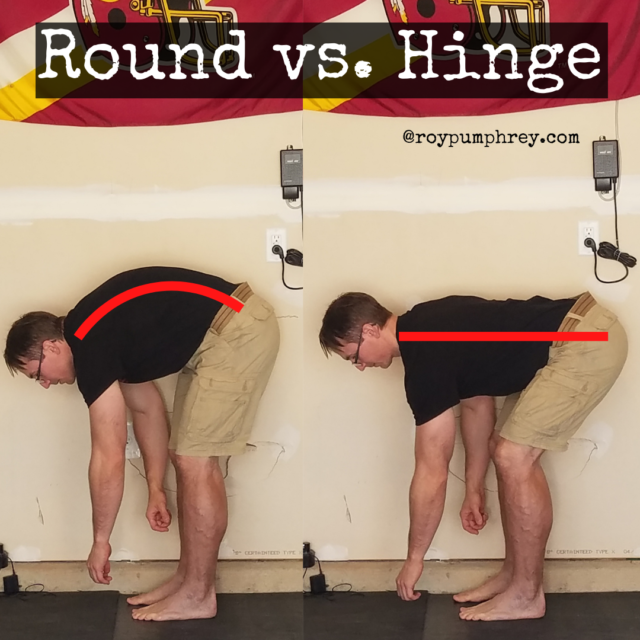
If you’re the left side, you’re moving through your low back.
Using this movement strategy is loading your spinal tissues, rather than your hips, and setting the stage for repeated low back injuries.
Btw, stop doing the “touch your toes” stretch.
It’s making your low back pain WORSE. <—-Yes, even though it feels good in the moment.
Save Your Low Back and Hip Hinge:
Why Don’t We Just Hip Hinge Anyway?
Lack of Gluteals.
Glutes are high amplitude- high force muscles.
Things like:
- Sprinting <—-actual sprinting……jogging fast isn’t sprinting
- Jumping
- Carrying Heavy Objects <—-no, groceries don’t count
- Deep Hip Flexion Movements: Squats, full range lunges etc..
“It appears that the human gluteus maximus is akin to a multifunction Swiss army knife. The superior GMAX, the distinctly human portion, activates during a variety of tasks other than normal gait such as throwing, lifting, squatting, and stepping up inclines. We found that the gluteus maximus is highly active during running, sprinting, and climbing, supporting the idea that the uniquely human muscle is functionally important for a range of rapid and powerful movements.” – Activity and Functions of the Human Gluteal Muscles in Walking, Running, Sprinting, and Climbing
Lets face it, most of us ain’t doing those things often, day to day.
Instead we do, low velocity, low amplitude, low force output, movements and lock ourselves in flexed forward postures that don’t do much of jack-shit for booty-gainz.
“lifestyle is thought to be a major contributor to reduced activity of GM (Glute max). It is thought prolonged sitting reduces the activation of GM and over time these muscles become atrophied and weak. This weakness of GM is thought to increased reliance on the secondary hip extensor muscles, such as the hamstrings and hip adductors to produce hip extension torque, clinically referred to as ‘synergistic dominance’. This is due to the human body utilizing the path of least resistance, which refers to utilizing the most energy efficient motor pattern regardless whether this uses what would be considered the primary agonist for that role.”- ASSESSING AND TREATING GLUTEUS MAXIMUS WEAKNESS – A CLINICAL COMMENTARY
Learn To Spare Your Spine:
Step 1: Get Your Ass In Gear
If you can’t consciously flex your ass, this is a problem, you most likely have low “Neural Drive” and you’re probably not going to preferentially load a muscle you haven’t felt fire since the Screamin’ Chicken was a cool car.
jk, it was never cool
We always need to remember, the body doesn’t follow the best path.
It follows the path of least resistance.
So if you’re low back, hamstrings and adductors are creating hip extension you ain’t gonna load no glutes.
How to Know if Your Ass Ain’t in Gear:
Do a glute bridge, and HOLD IT for 1 Minute:
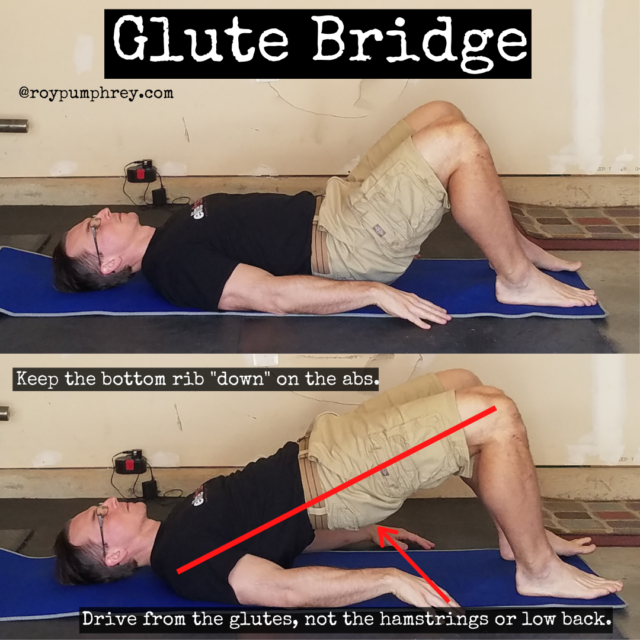
What Cramps Up?
If you said,
“Low Back or Hamstrings”
Your ass is broken.
Fix yo’ sh@t in 4 moves:
Prone Bent Knee Hip Extension:
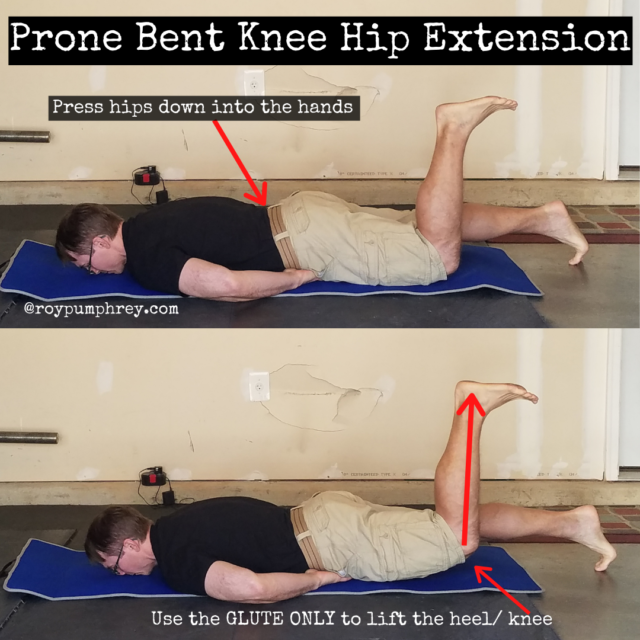
These are all about precision.
Get the glute and ONLY the glute to fire.
If the hips roll or you feel the low back fire…
STOP
Keep in mind, you wont lift the knee very far off the ground, especially at first.
The goal is not more range of motion, its more #booty gainz.
Glute Bridge Iso Hold (as seen above)
Progress to:
Glute Bridge For Reps:
The idea here is to be able to MAINTAIN the alignment and HINGE through the hips the entire time.
If you’re just dropping the pelvis back and forth, alternating between anterior and posterior pelvic tilt, without the hips actually moving through the range of motion,
You’re Doing It Wrong…
Progress to:
Single Leg Glute Bridge Iso Hold:
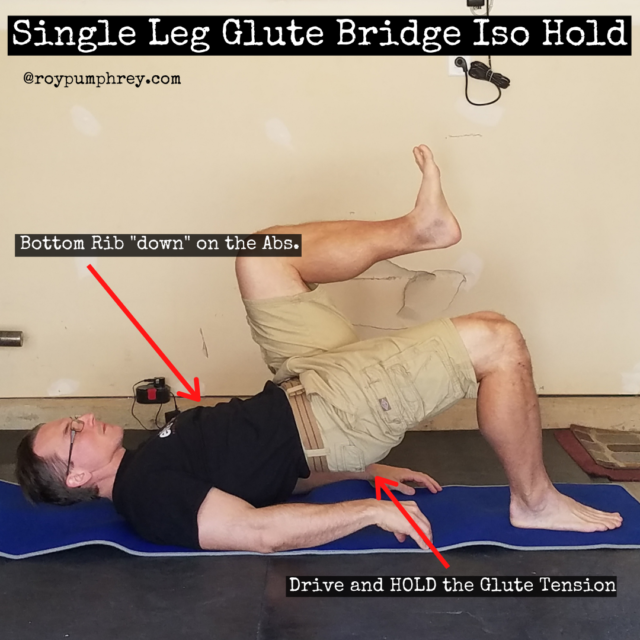
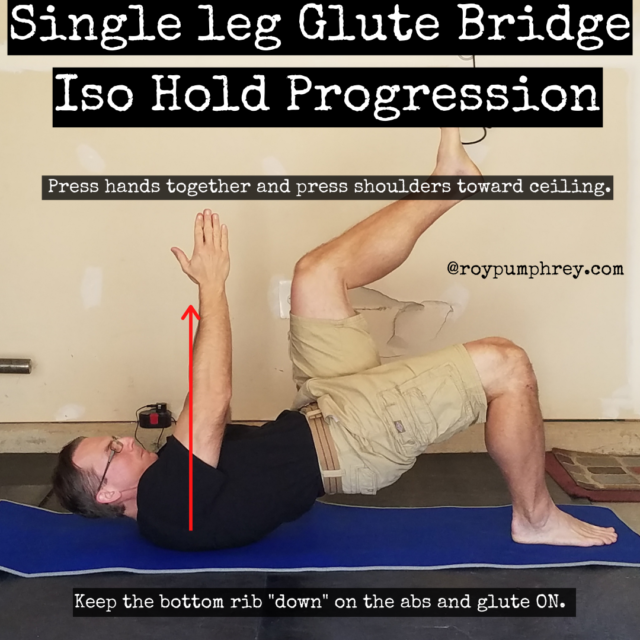
Bro Tip:
If you’re having a lot of trouble getting a glute to fire, stick a finger in your butt cheek.
Step 2: Find Neutral Spine
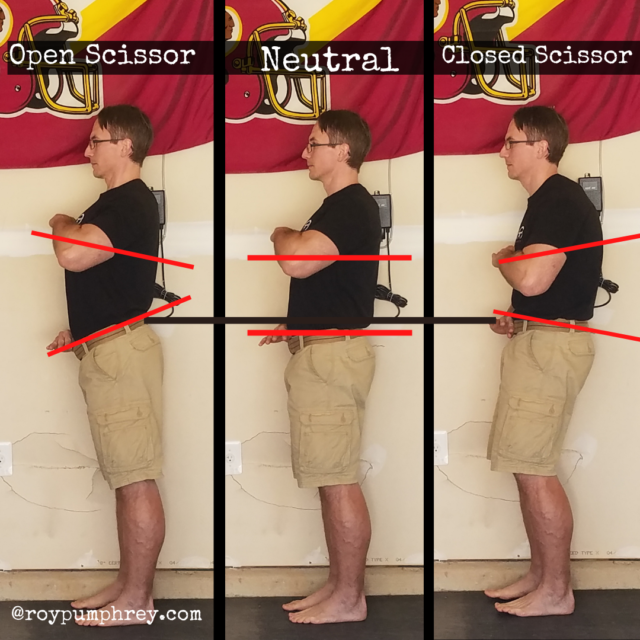
But, How Will I Know I’m in Neutral?
Stand tall, put your fingers in your abs and squeeze your butt as hard as you can.
Without trying to make them, did you feel your abs fire hard?
If yes, there’s a really good chance you’re in a neutral alignment.
Step 3: Groove Your Hip Hinge:
Once we know where neutral spine is and can actually feel a glute we need to learn how to maintain that spinal alignment while hinging the hips and loading the glutes (posterior chain).
To start just do wall taps.
Why so easy?
Wall taps are easy to do, almost fool proof, should induce ZERO fear in the person doing them.
Fun Fact: If you’re afraid that a movement will lead to pain or injury, even when unloaded, you will alter your mechanics during that movement.
So we need literally, ZERO threat.
The goal is to slowly increase the range of motion, while maintaining a neutral spine.
Once you’ve built a solid, repeatable, pain free, hip hinge where you can feel the loading of the hips (glutes and hams) you need to start loading the hinge.
I prefer to add a light load, usually in the form of the plate or med ball, in front of the chest.
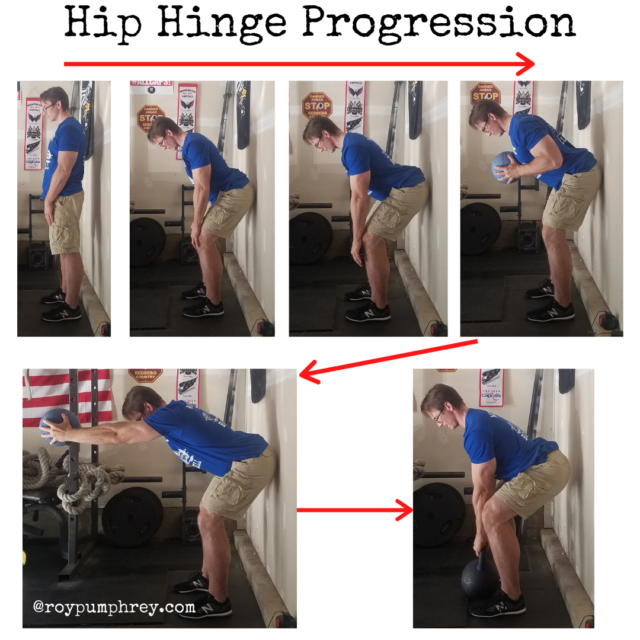
Then I move the load out trying to get it as far away from the hip as possible, increasing the demand on the system at the same, non-threatening load.
Finally progressing to a kettlebell or hex bar deadlift where the weight can be most axially centered and has the smallest moment arm.
Step 4: Build Your Hinge Capacity:
Once you can hip hinge and you feel “comfortable” and pretty confident in hinging, we need to load it.
Frequently at first.
If that goes well, more intensely, maybe more often.
Step 4a: Bulletproof the Core with the McGill Big 3:
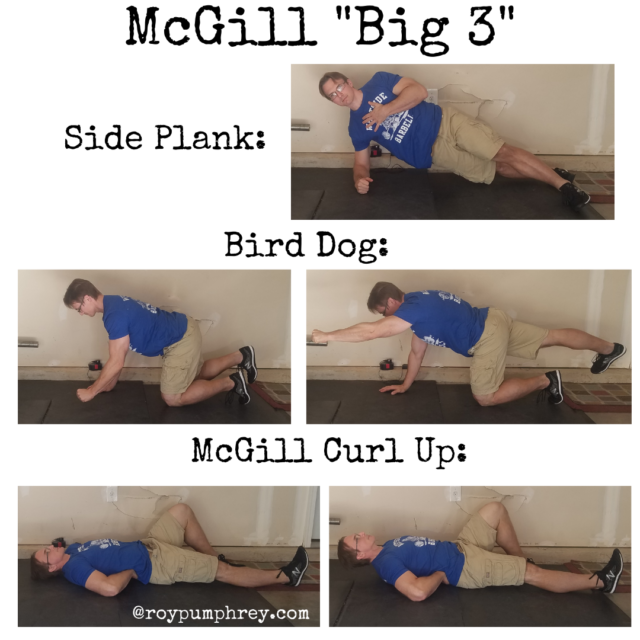
Step 5: STOP Wasting Capacity:
Too many people with bad, and for that matter, good backs waste so much capacity simply because they move through their world sloppily.
Don’t just get into and hold neutral spine only when lifting.
Try to get into and stay in neutral AS MUCH AS POSSIBLE.
When picking something up off the ground, tying your shoes, whatever it is, try to maintain a neutral spine and always use the hips.
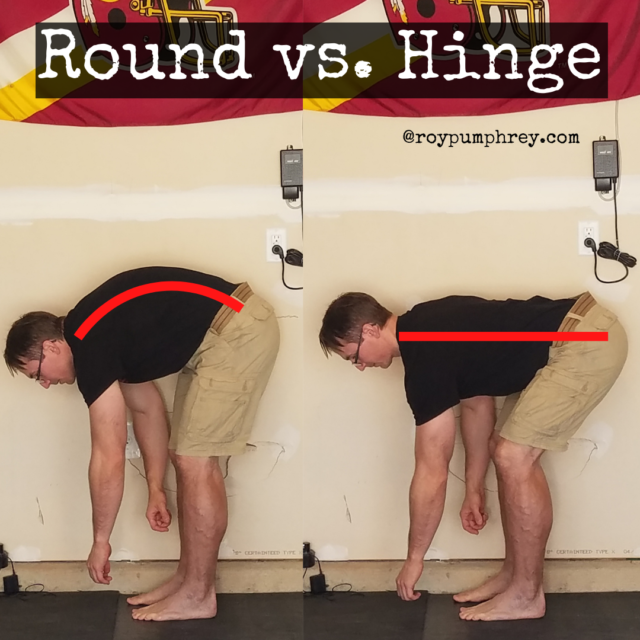
Super Post Show Bro Tip:
Use the “Golfers Lift” to pick stuff up when possible.
Yes, this is basically a Single Leg RDL.
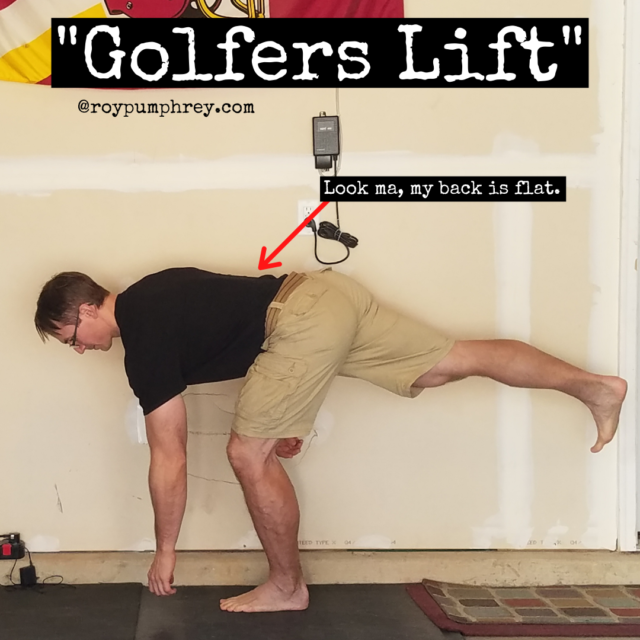
Why is the “Golfers Lift” helpful?
The Golfers Lift limits the amount of lumbar flexion and maximizes the amount of hip hinge.

